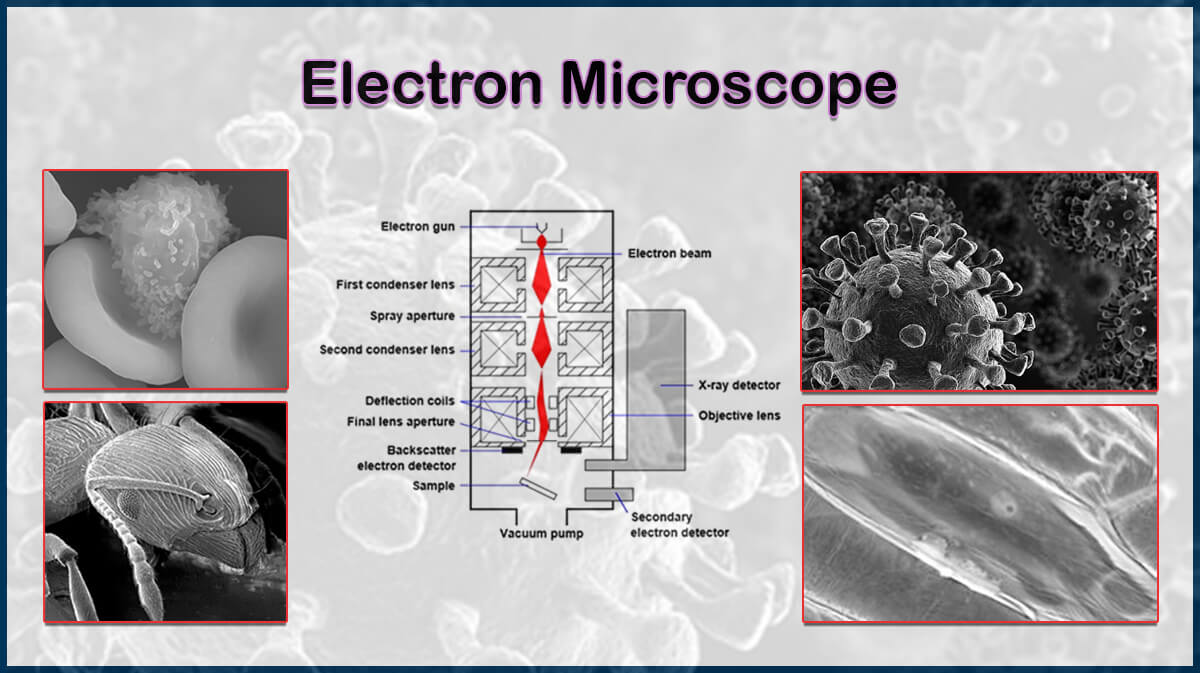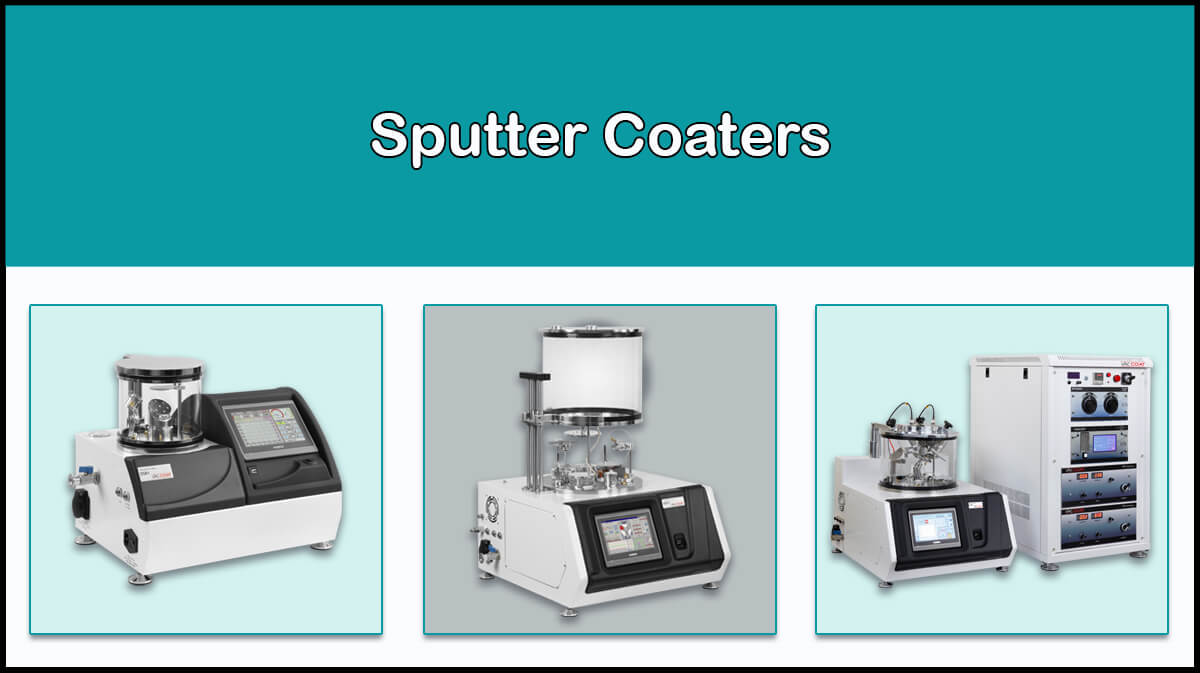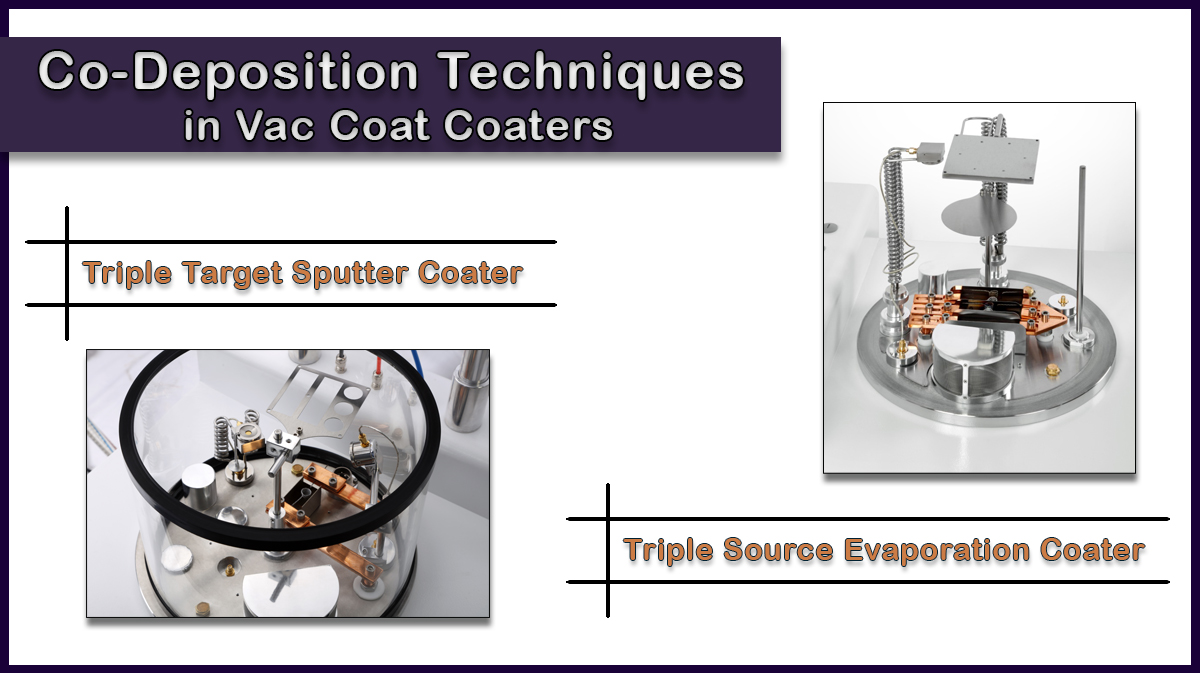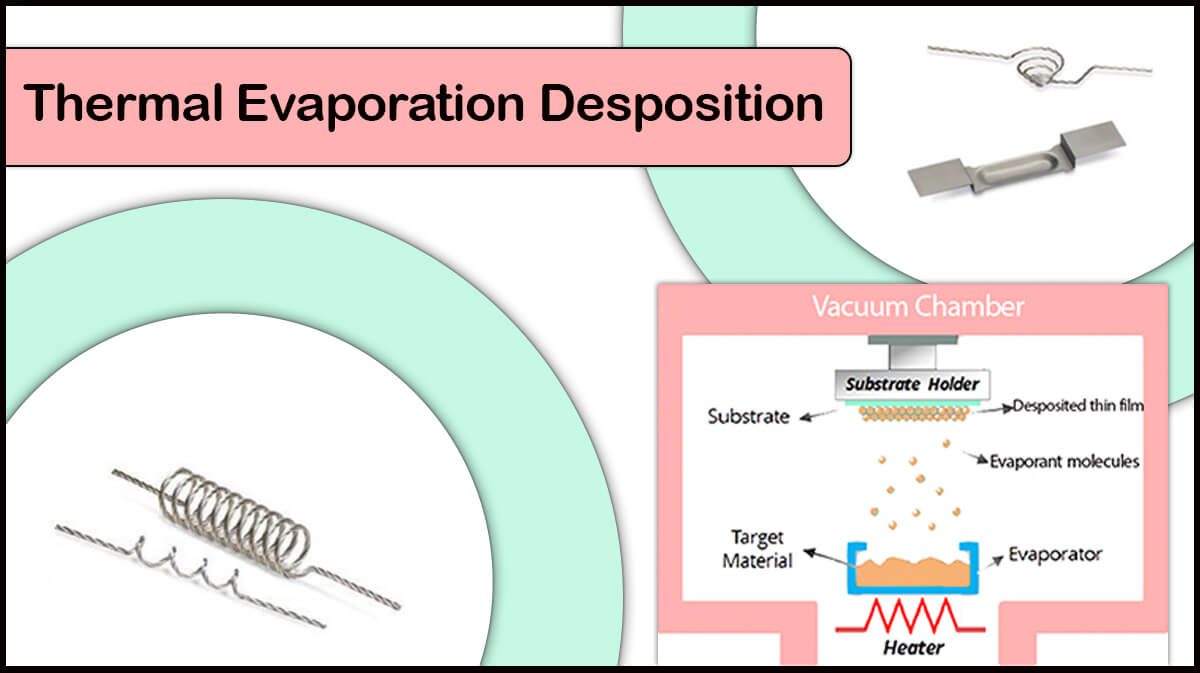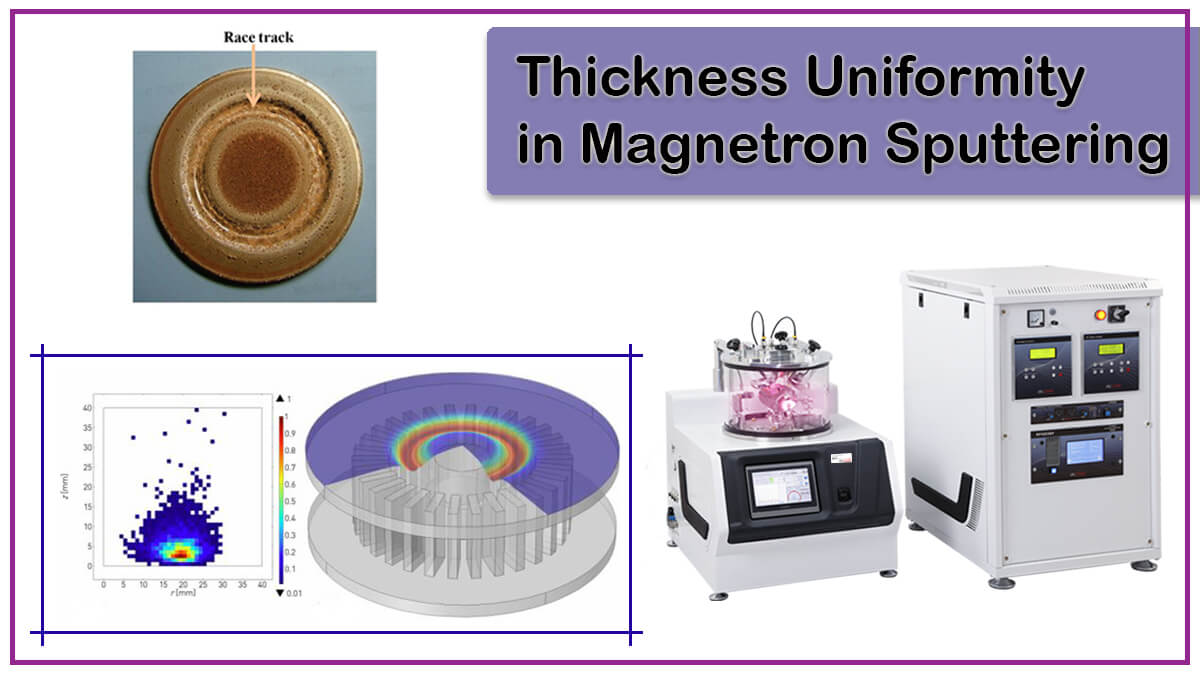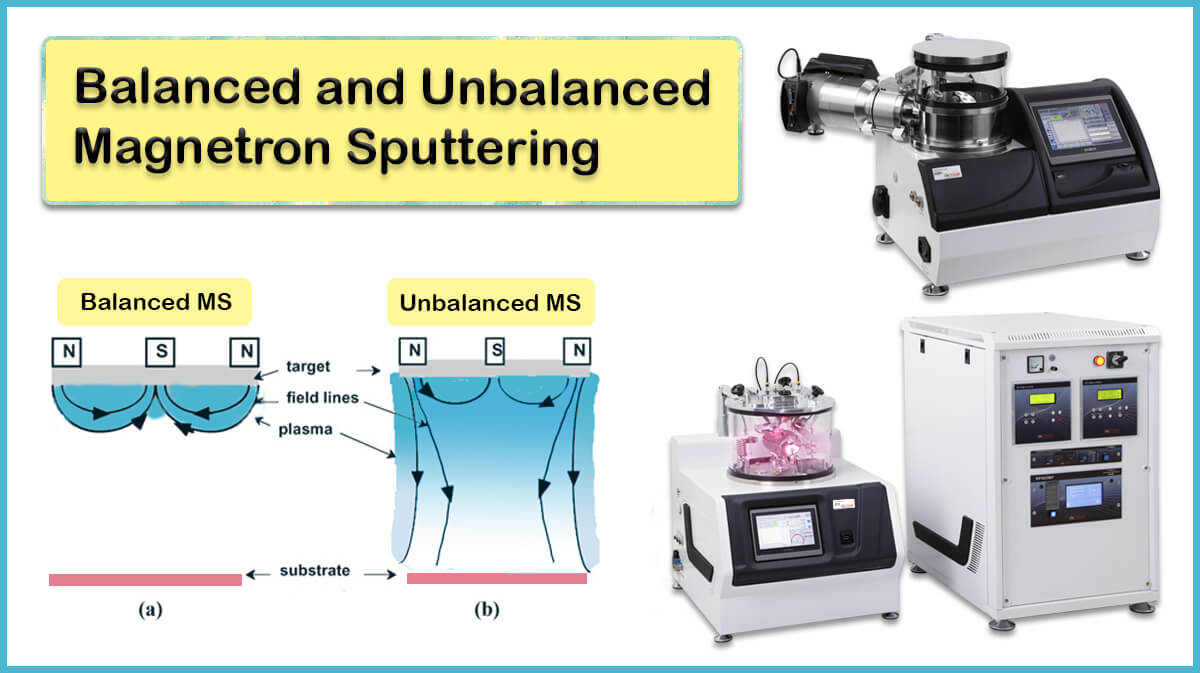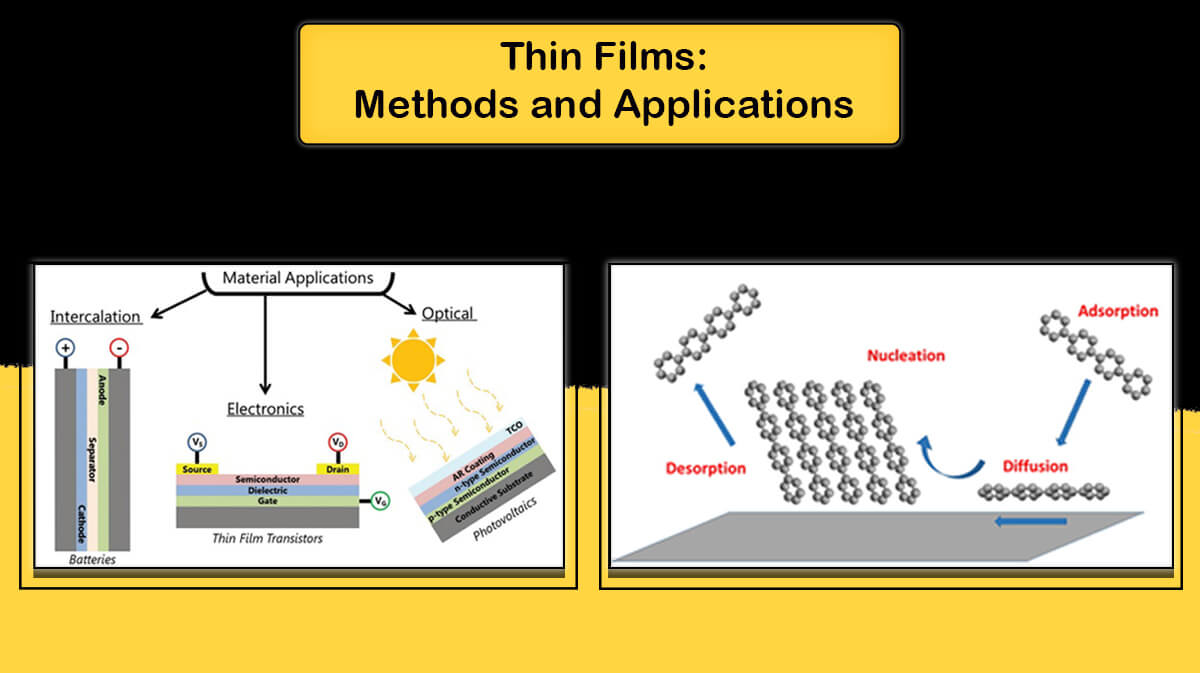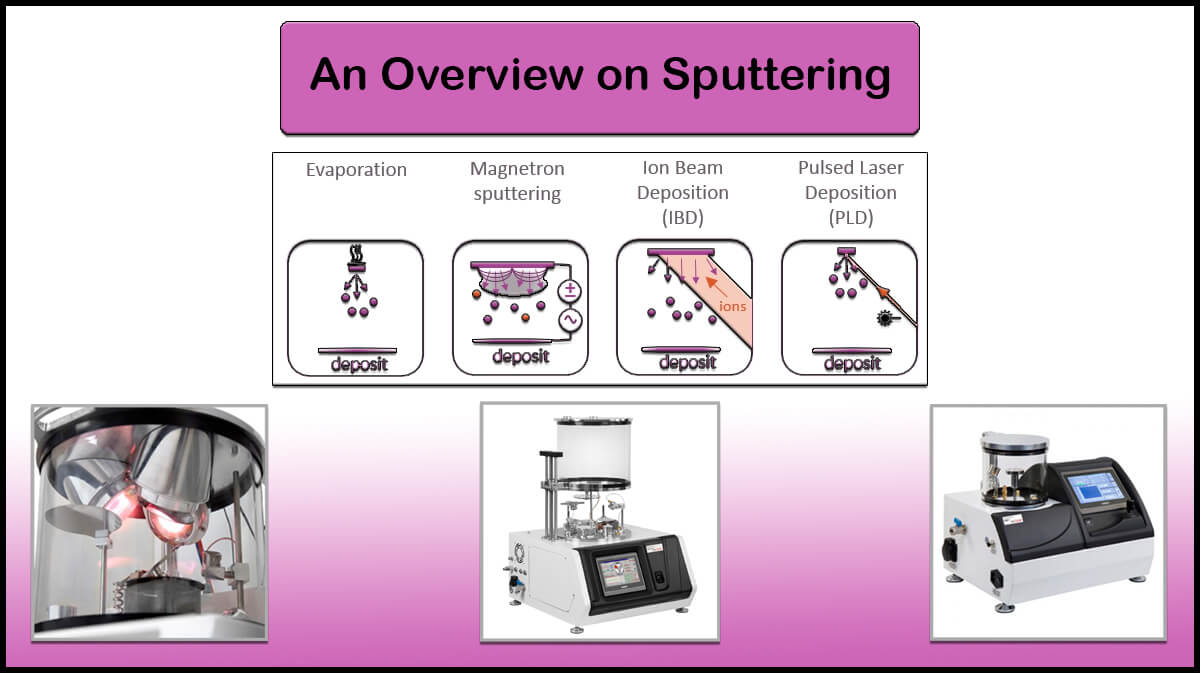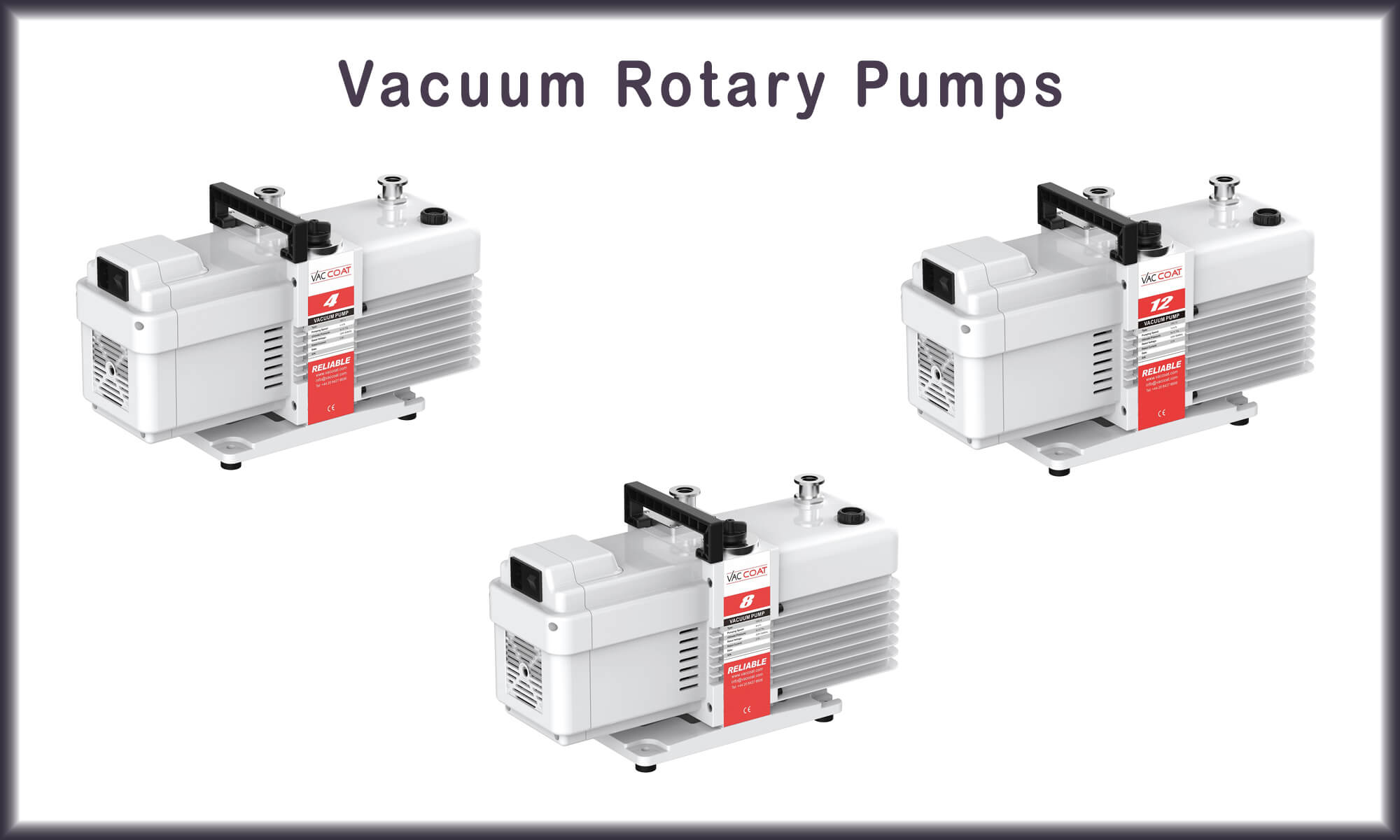Argon Gas
Argon is a noble gas, widely used in sputtering process. It has larger mass than Neon and Helium. Argon gas costs lower than Xenon and krypton.
Carbon Coater
Thermal evaporation of carbon is used to prepare conductive specimens for electron microscopy (EM). Fine carbon layers, being transparent to the electron beam but conductive, are needed for x-ray microanalysis, to support films on grids and back up replicas to be imaged in the TEM. A carbon fiber is mounted between two high current electrodes. Then passing electric current makes carbon fiber heated and cause its evaporation. Evaporated carbon will be deposited on desire substrate.
Carbon Fiber
These high purity carbon fiber threads or braids are used in carbon evaporators or carbon coating attachments, used on sputter coaters, designed for the use of carbon fiber. The thin carbon layer will act as a conductive layer on non-conductive samples to enable charge free imaging and EDS X-ray analysis.
Cold Cathode Pressure Gauge
A cold cathode pressure gauge ionizes the rest gas in the system and uses the ion current as a measure of the pressure. In contrast to a (hot) ion gauge, the electrons for the ionization of the rest gas are not created by a hot filament. But they are created by a high voltage discharge. In combination with a magnetic field, this creates confined electron plasma which ionizes the rest gas. The pressure range in which a cold cathode gauge works is between 10-2 and 10-9 mbar.
Confocal Sputtering
The confocal sputtering technique involves the arrangement of magnetrons inside a vacuum chamber so that it is possible to apply multiple materials onto the substrate without breaking vacuum. This method enables the user to co-sputter, or to form a film from two or more materials at once. On the other hand, confocal sputtering involves positioning of the target at an angle with respect to the surface of the substrate.
DC Sputtering
DC (direct current) sputtering is a material deposition process that is used to electrically conductive materials sputtering. The process involves bombarding a donor material with ionized gas molecules, causing a displacement of donor atoms. These atoms then adhere to a negatively charged recipient material creating a thin film on its surface.
Thermal Evaporation Deposition
Thermal Evaporation is a common method of thin-film deposition. The source material (metals or carbon) is evaporated in a vacuum. The vacuum allows vapor particles to travel directly to the target object (substrate), where they condense back to a solid state. Evaporation takes place in a vacuum, i.e. vapors other than the source material are almost entirely removed before the process begins. In high vacuum (with a long mean free path), evaporated particles can travel directly to the deposition target without colliding with the background gas.
Ferromagnetic Materials Sputtering
Sputtering deposition of ferromagnetic materials (Fe, Ni, Co, Permalloy, etc) of normal thickness has high magnetic permeabilities which traps the flux from the source’s normal magnet set. However, reducing the target’s thickness causes it to saturate allowing the magnetic field to penetrate.
Film Thickness Monitor (FTM)
Film thickness monitor measures the thickness of coating deposited on a crystal in the chamber, and hence calculates the thickness deposited on the sample to give qualitative repeatable coatings. The start frequency decreased when the crystal is coated by the sputtered/evaporated atoms. The frequency counter circuit calculates the change of frequency and converts it to thickness.
Magnetron Sputtering
Magnetron sputtering technology uses magnetic fields to keep the plasma in front of the target, intensifying the bombardment of ions. Highly dense plasma is the result of this PVD coating technology. This forces the ejected atoms to travel predictable paths to the substrate. Magnetic fields enhancing both the efficiency of the initial ionization process and allowing plasma to be generated at lower pressures which reduces both background gas incorporation in the growing film and energy loses in the sputtered atom through gas collisions. Following the shape of the magnetron, the target material is consumed in an oval shape (called a racetrack), leaving the remaining material untouched.
Matching Box
Matching box matches the impedance between the source and load. Impedance matching is needed to provide maximum power transfer between the source or RF energy and its load. First reason for matching is just power efficiency and the second reason is device protection from the power reflection effects.
Mass Flow Controller (MFC)
A mass flow controller (MFC) is a device used to measure and control the flow of liquids and gases. All mass flow controllers have an inlet port, an outlet port, a mass flow sensor and a proportional control valve. The MFC is fitted with a closed loop control system which is given an input signal by the operator (or an external circuit/computer) that it compares to the value from the mass flow sensor and adjusts the proportional valve accordingly to achieve the required flow.
Micrometer (µm)
A metric unit of length measurement equal to 1×10-6metre (0.000001m).
Pirani Gauge
The pirani gauge is a Pressure Gauge that consists of a metal filament (usually platinum) suspended in a tube which is connected to the system whose vacuum is to be measured. Connection is usually made either by a ground glass joint or a flanged metal connector, sealed with an O-ring. The filament is connected to an electrical circuit from which, after calibration, a pressure reading may be taken.
Planetary Mechanism
Planetary mechanism meaning that the sample would revolve around the center of the vacuum chamber, while rotating about the axis of the sample holder, in much the same way that the earth rotates around its own axis while revolving around the sun. Planetary sample rotation system is provided to a planetary movement of the coating parts in the plane perpendicular to the planes of some sputtering targets. The purpose of this work is to improve a distribution of the coating thickness evenness on the sputtering surface of the part.
Plasma
Plasma is one of the four fundamental states of matter that is containing of ions, free radicals, neutral byproducts, and photons. Plasma can be created by heating a gas or subjecting it to a strong electromagnetic field applied with a laser or microwave generator. This decreases or increases the number of electrons, creating positive or negative charged particles called ions, and is accompanied by the dissociation of molecular bonds, if present.
Physical Vapor Deposition (PVD)
Physical vapor deposition (PVD) describes a variety of vacuum deposition methods used to deposit thin films onto various workpiece surfaces. The coating method involves purely physical processes such as high-temperature vacuum evaporation with subsequent condensation, or plasma sputter bombardment rather than involving a chemical reaction at the surface to be coated as in chemical vapor deposition.
Pressure Regulator
A pressure regulator is a valve that automatically cuts off the flow of a liquid or gas at a certain pressure. A pressure regulator includes a restricting element, a loading element and a measuring element, and is not used for measuring flow rates.
Pulsed Laser Deposition (PLD)
Pulsed laser deposition (PLD) is a physical vapor deposition (PVD) technique where a high-power pulsed laser beam is focused inside a vacuum chamber to strike a target of the material that is to be deposited. This process can occur in ultra-high vacuum or in the presence of a background gas. When the laser pulse is absorbed by the target energy is first converted to electronic excitation and then into thermal, chemical and mechanical energy resulting in evaporation, ablation, plasma formation, and even exfoliation.
Reactive Sputtering
Reactive Sputtering is a process where a target of one chemical composition (e.g. elemental Si) is sputtered in the presence of a gas or a mixture of gasses (e.g. Ar + O2) that will react with the target material to form a coating of a different chemical composition (e.g. compound SiO2) on the substrate. When the reaction occurs on the substrate, the deposited film becomes a metal or oxide which is greatly affected by the deposition rate and the oxygen gas pressure.
RF Sputtering
Radio frequency (RF) sputtering is a technique that is used to create thin films and is ideal for target materials that have insulating qualities. Like direct current (DC) sputtering, this technique involves running an energetic wave through an inert gas to create positive ions. Target is struck by these ions and broken up into a fine spray that covers the substrate.
RF sputtering needs 9 times more input voltage than DC sputtering because the creation of the radio waves requires more power input to achieve the same effect as an electron current. The plasma can be maintained in lower pressure than DC sputtering. As a result, a more direct pathway for the particles to travel to the substrate material is created by fewer collisions between the target material particles and the gas ions.
SEM Coating
Simply put, metal (Au, Au/Pd and Pt/Pd) coating is used primarily for EM imaging, and carbon is used for either EM imaging or X-ray microanalysis. Creating a conductive layer of metal on the sample inhibits charging, reduces thermal damage and improves the secondary electron signal required for topographic examination in the SEM. Thus metal coating is required to enable or improve EM imaging.
Sputter Deposition
Sputter deposition is a method of depositing thin films by sputtering material from a “target”. Sputtering is a term used to describe the mechanism in which atoms are ejected from the surface of a material when that surface is stuck by sufficiency energetic ions generated by low-pressure gas plasma, usually argon plasma. The ejected atoms are transported to the substrate and atoms condense and form a thin film. The sputtering takes place at a much lower temperature than evaporation.
Sputter Target
A sputtering target is a material that is used to produce thin films by a technique known as sputter deposition, or thin film deposition. In order to make contact between the positive ions and sputter target, sputtering target is usually in negative potential rather than the plasma. During this process the sputtering target material is ionized by highly energetic gas and deposits a thin film known as the substrate.
Thermal Evaporation Source
Thermal evaporation source include components that evaporate the base material through the use of resistive heating element. Bulk material is placed into a source made of refractory metal. Temperature rises to facilitate evaporation. Precise temperature control can be difficult and some evaporants’ tendency to alloy with the source material makes this technique not quite as universal as others.
Turbomolecular Pump
A turbomolecular pump is a vacuum pump, superficially similar to a turbopump. It is used to obtain and maintain high vacuum. These pumps work on the principle that gas molecules can be given momentum in a desired direction by repeated collision with a moving solid surface. In a turbomolecular pump, a rapidly spinning fan rotor ‘hits’ gas molecules from the inlet of the pump towards the exhaust in order to create or maintain a vacuum. A turbo pump normally works in tandem with a low-vacuum pump, such as a rotary vacuum pump or diaphragm pump.

